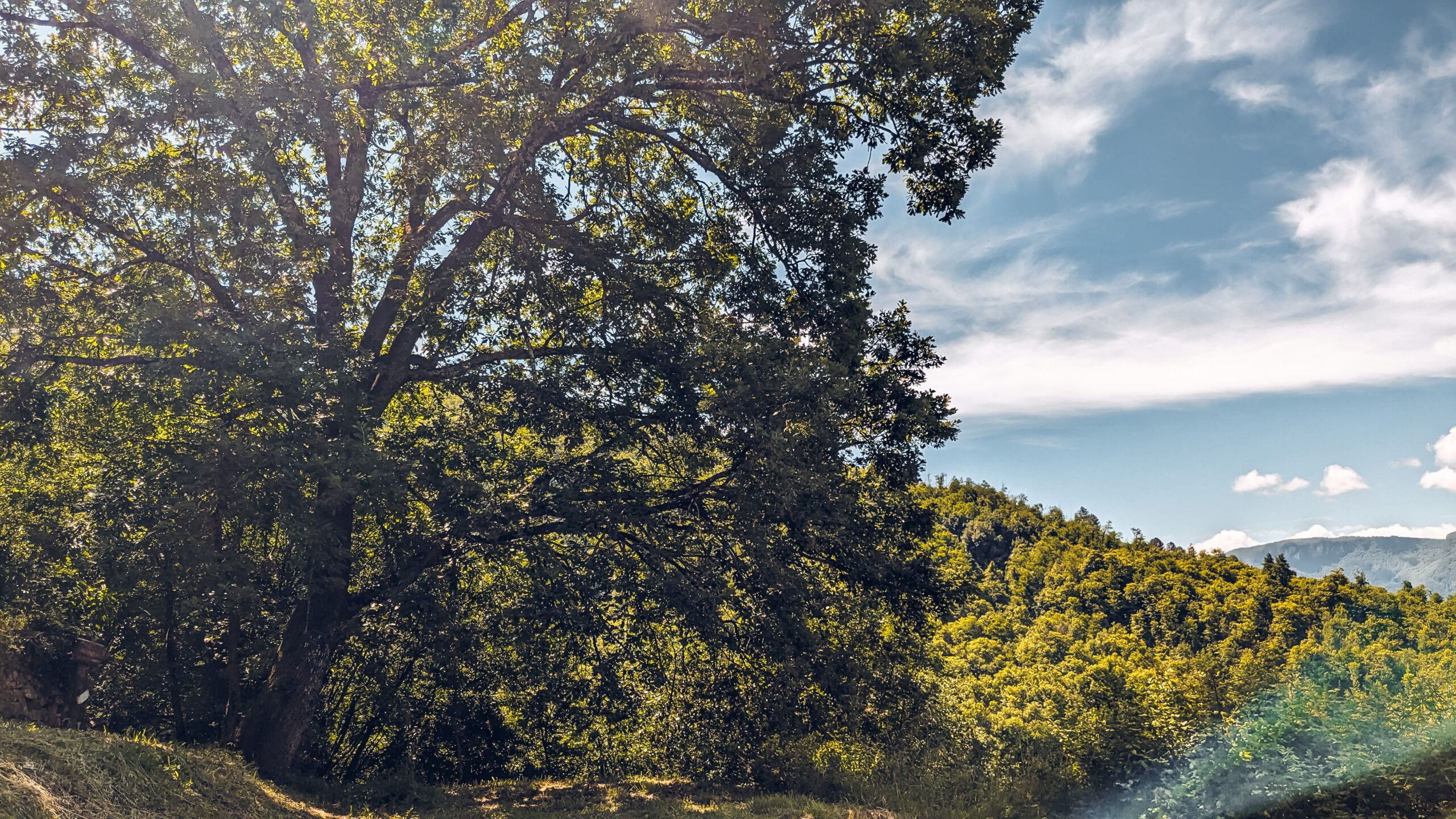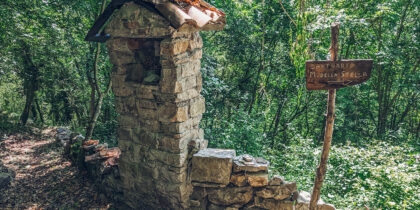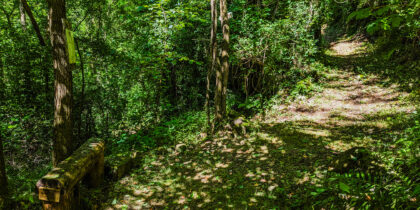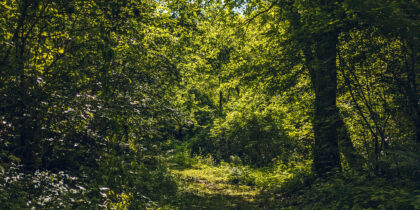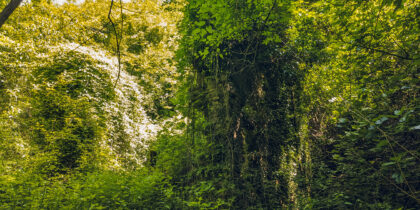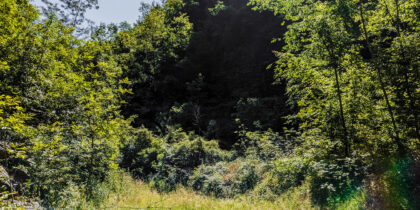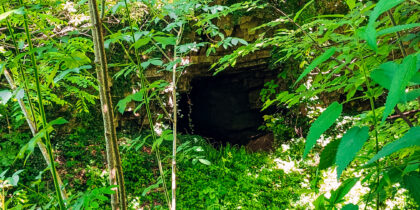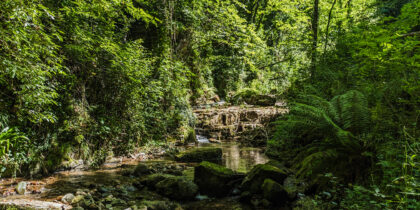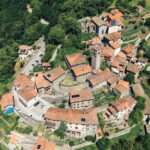As its etymology suggests - ‘Rivu Magno’ - “THE GREAT RIVER”, the stream Rimonio, one of the main streams in the area, has always been of great importance to the history of Fosciandora.
In the past for large stretches, Rimonio represented a state border between the Estense Duchy of Modena and Ferrara and the Republic of Lucca.
a nucleus of houses that can be reached in a few minutes from the Parco Pucci car park, point no. 17 of the previous routes. (20), nucleo di case raggiungibile in pochi minuti dal Parcheggio Parco Pucci, punto n. 17 dei precedenti anelli.
After a short downhill stretch, the path leads to a small holy image of the Madonna della Stella (21).
Then, it goes on into a beautiful grove that inspires encounters with fantastic beings and goblins (22).
The route continues towards the river bed and reaches the ruins of a large mill (24)which was also used as a command post by the Germans during the Second World War (23).
After a small ford across the stream, the path arrives to a wide flat area, which, decades ago, was the site of a limestone quarry (25), known as ‘Pietra di Riana’, used as building and ornamental stone.
Opposite to the riverbank, a big hole can be spotted; this is the famous “Grotta delle Fate” (26), a typical example of a limestone karst phenomenon. Here, it is possible to admire the majolica limestone stratifications, a beautiful testimony of the geological history of this sedimentary rock (27)At this point the path reaches the road to Riana, which can be imagined as a possible entrance (28) to a future Rimonio Nature Park.
The area of the Rimonio stream could be the connection point, in both directions, to a network of paths that pass through the villages of Riana and Treppignana, which could be equipped in the future.
